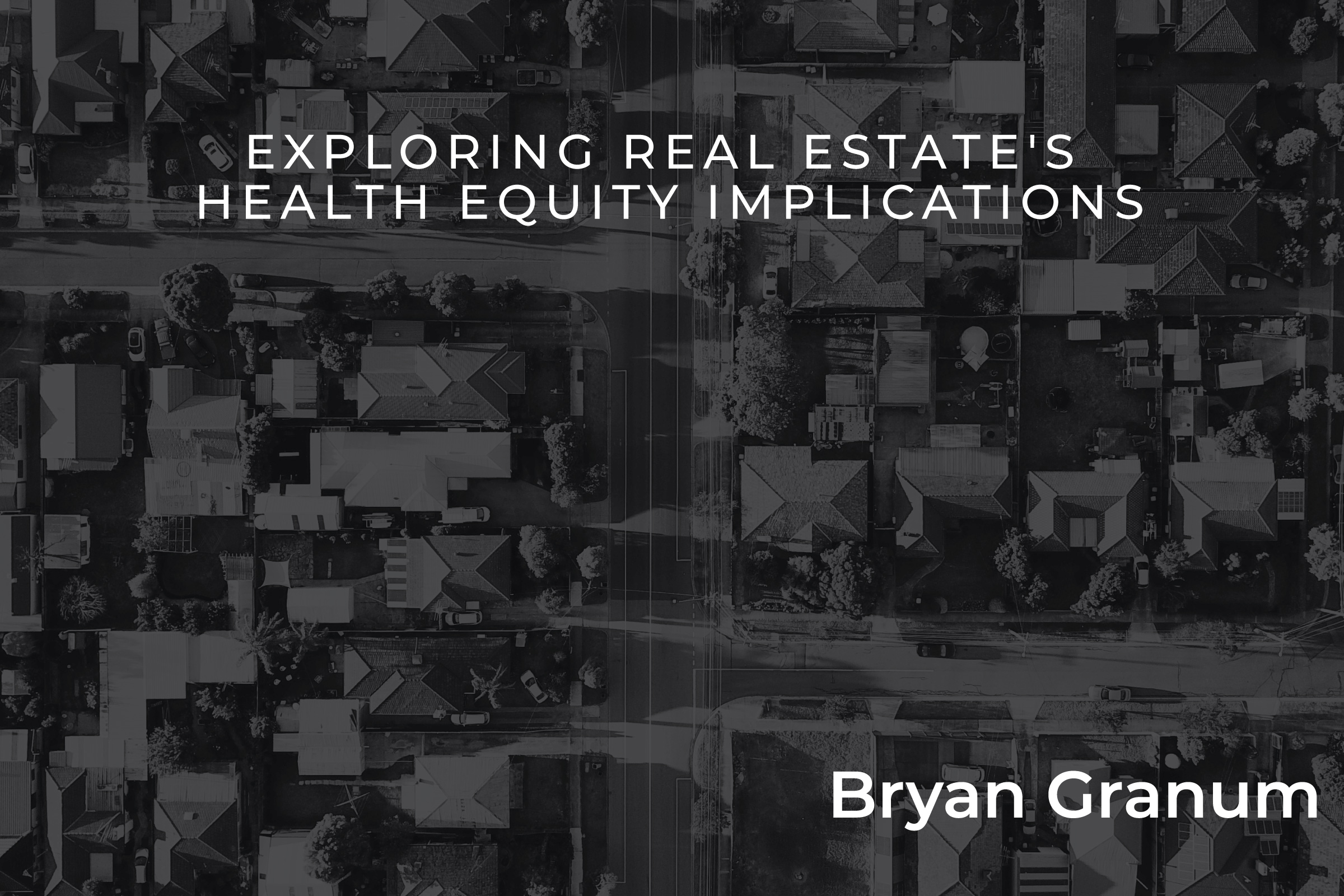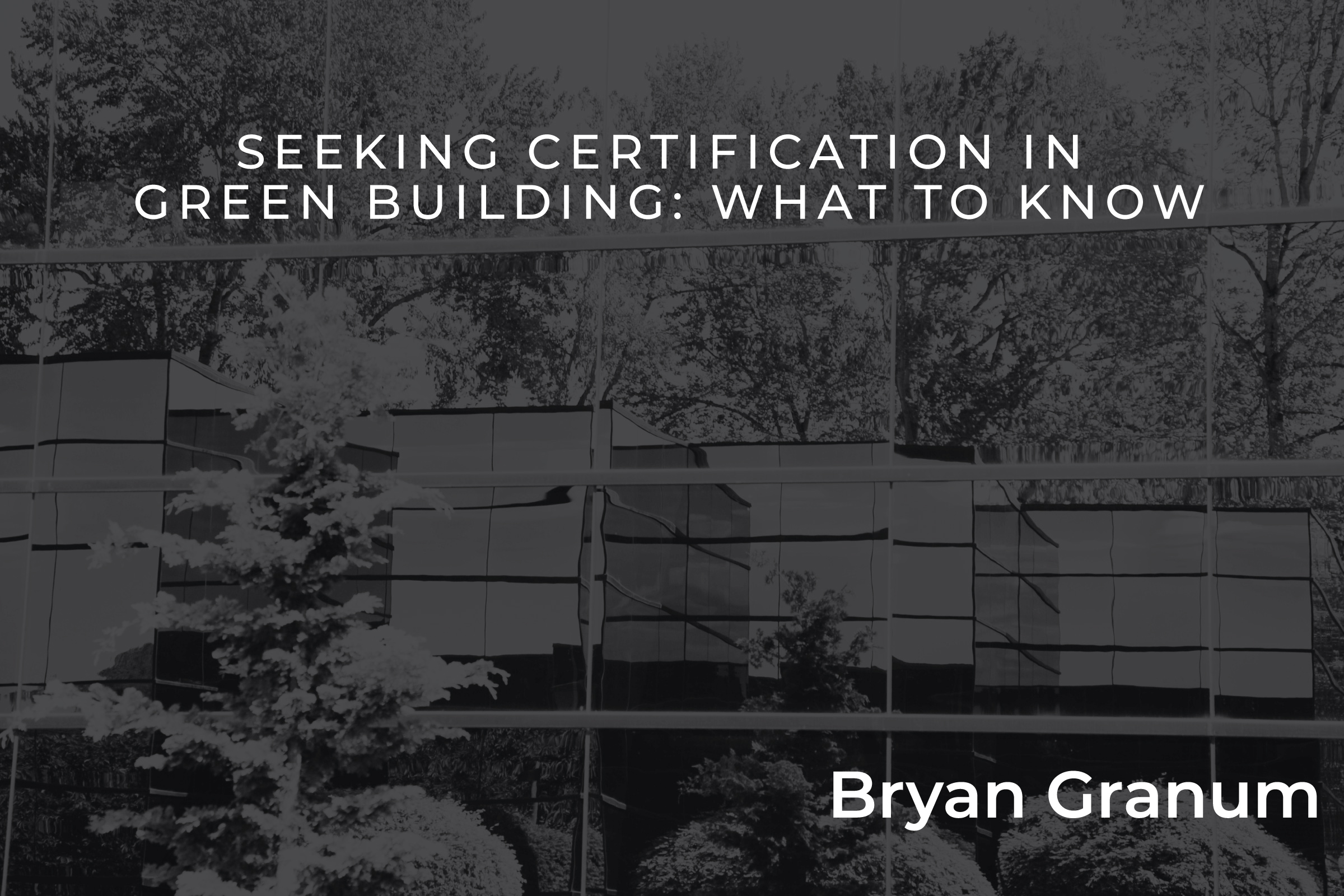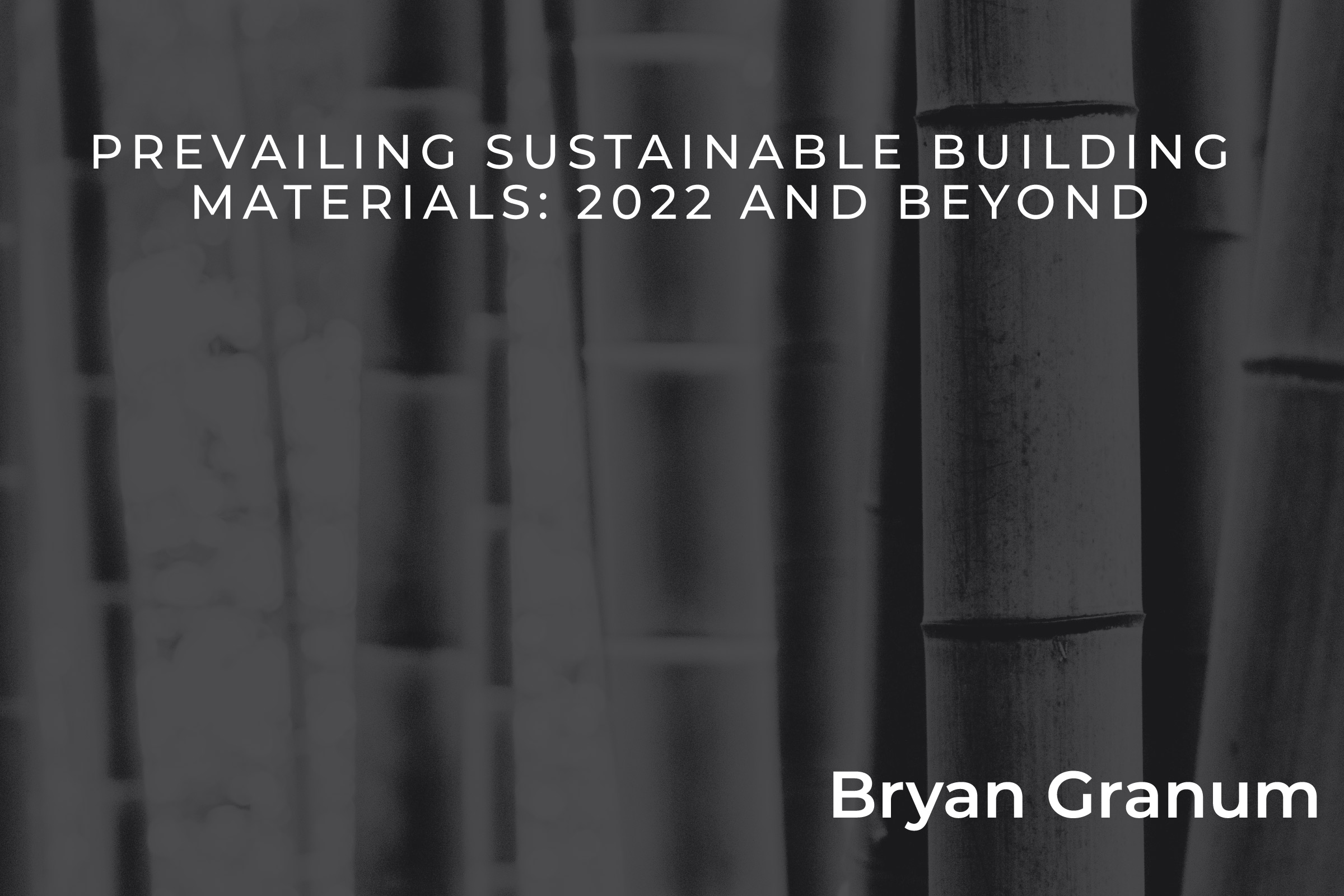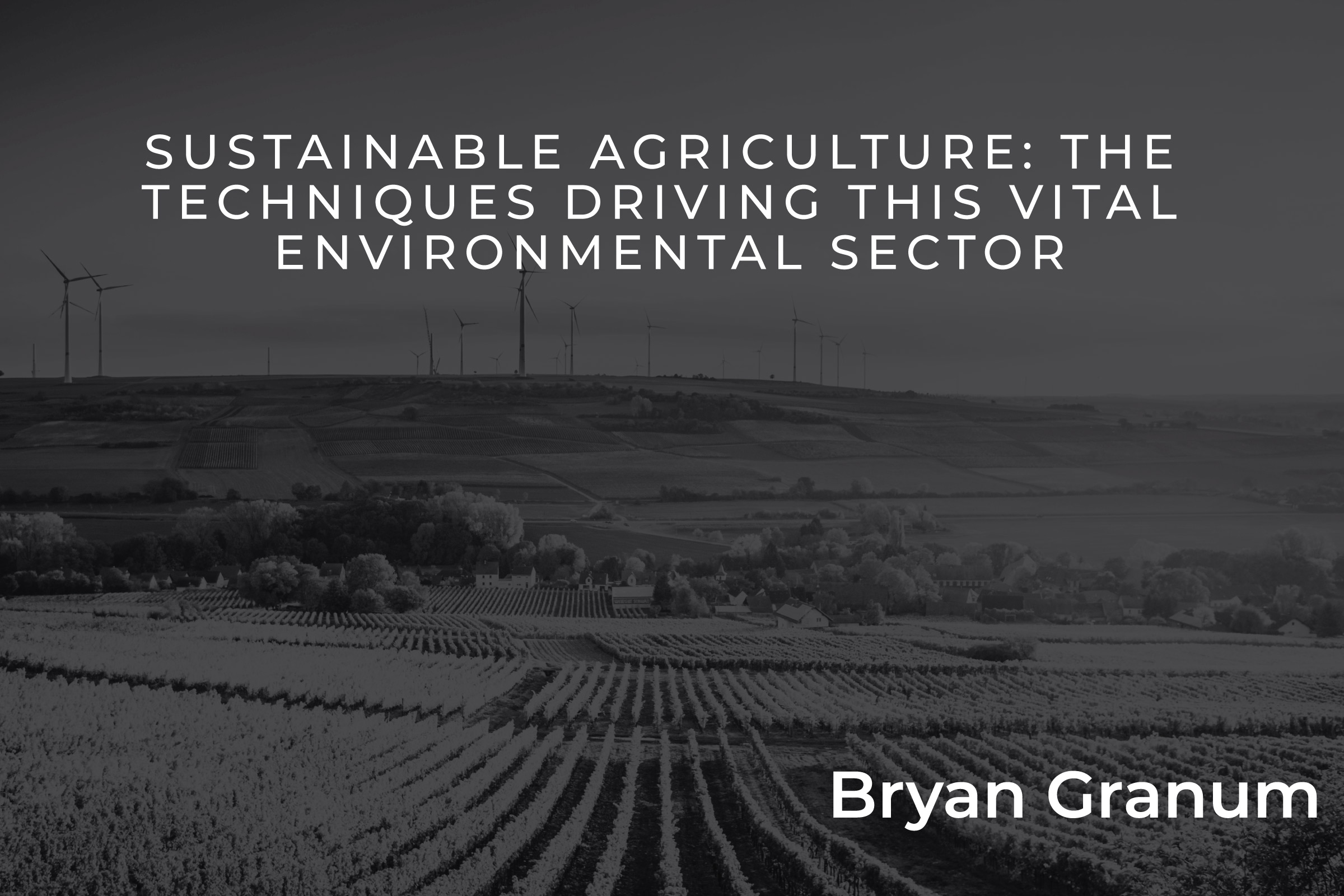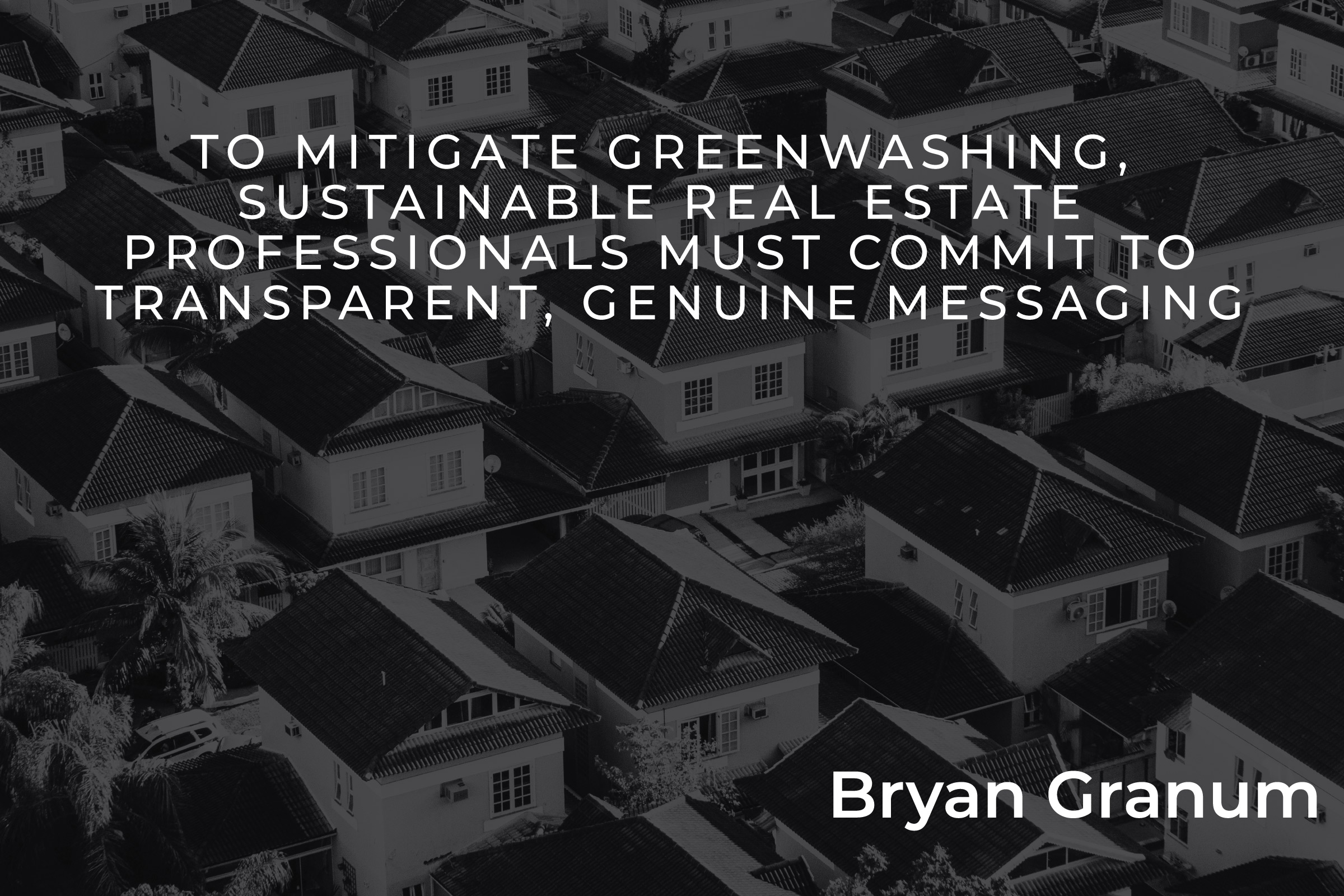“Equity” has numerous meanings in a real estate context; it usually refers to a property’s affordability, accessibility, or social compatibility with its surrounding community. However, the housing market is also a model for another crucial equity facet: health and safety. Potential health and safety hazards are a timeless fundamental of real estate development and investment, but they often remain overlooked as a source of inequality among tenants. To achieve a fully equitable real estate landscape, industry professionals must evaluate health and safety in terms of both superficial risk and social disparity.
An Ongoing Problem
Generally, real estate health and safety risks can range from biological and chemical hazards (vermin-based allergens, asbestos, carbon monoxide, etc.) to physical hazards (structural deficiencies, improper ventilation, etc.) – all of which are commonly associated with low-income and otherwise unstable communities. These neighborhoods tend to lack the physical assets and conditions required to mitigate adverse health factors, and, according to the American Public Health Association, this can “influence health outcomes ranging from infectious diseases, infant health, and asthma to cardiovascular disease, obesity, and depression.”
What’s more, a 2019 study published in PubMed Central (PMC) illustrates how marginalized residents are more susceptible to adverse health outcomes as a result of other existential disparities: “Historically and contemporaneously … low-income and racial/ethnic minority groups are more likely to inhabit substandard housing in neighborhoods with adverse health attributes. These housing issues are associated with a comprehensive range of health consequences, whose impact on marginalized residents is especially severe given the likelihood of multiple simultaneous exposures and individual vulnerability due to chronic stress.”
Reaching For a More Equitable Future
The COVID-19 pandemic’s exacerbation of longstanding health disparities has brought issues like healthcare accessibility, affordability, and nuanced preventative care to the forefront of social consciousness, underscoring the need for more equitable health infrastructure in countless sectors. For real estate, the issue is a microcosm of higher-level societal issues like systemic discrimination and reduced access to quality education and employment – but that doesn’t mean that the industry is powerless in influencing change.
A more health-equitable real estate future entails a blend of health-focused construction and the upheaval of development approaches, building protocols, and tenant-facing policies perpetuating health-related inequality. As the demand for safe, quality housing grows in a post-COVID economy, investors and developers should shift their focus to projects emphasizing health and safety for a broader range of tenants, grounding these considerations in other equity facets like affordability and architectural accommodation. These professionals can also work to improve existing structures to be more health-forward, facilitating crucial renovations to remove hazardous materials and attributes.
A 2018 Harvard Study suggests a multidisciplinary, collaborative approach to equitable development, highlighting the need for “equity planning, place-based and comprehensive community development, people-based asset building, smart growth, and sustainable schools of regional planning” as major contributing factors to large-scale change. Much of this process hinges on the continuous framing of equitable development as a viable, sustainable part of real estate’s future – and this can be achieved through more industry professionals taking on progressive, socially conscious projects and leading by example.
Such changes can be a catalyst for equitable change in adjacent sectors, and they stand to uproot antiquated ideologies and stigmas surrounding decent housing. The PMC study frames this idea well: “The notion that housing is a luxury rather than a right presents a fundamental threat to health and social equity. There is a critical need to shift the present discourse, and even more importantly, practice, such that adequate attention is given to the underlying housing conditions that support health, well-being, and a sense of community.”
